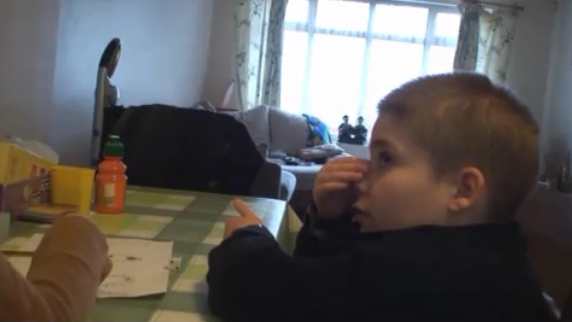Skin Picking in Prader-Willi Syndrome
What is skin picking?
Skin picking has been associated with the behavioural phenotype of Prader-Willi syndrome. It is where an individual will repetitively pick at their skin to the extent where damage is caused. This can cause infection, so it is important to monitor areas of damage to prevent further problems. Skin picking is considered a form of self-injurious behaviour, you can read more about self-injurious behaviour and other forms of challenging behaviour here.
Where are the common areas for skin to be picked?
Research has shown that the most common body areas for an individual with Prader-Willi syndrome to skin pick are the legs, arms and head.
Why do individuals engage in skin picking?
There are many reasons why an individual with Prader-Willi syndrome may engage in skin picking and these vary among individuals. A common trigger identified for skin picking is the presence of any skin problem such as a cut or bite. Other triggers include periods of inactivity or periods of stress for the individual with Prader-Willi syndrome.
Research has found that skin picking may serve a sensory purpose or an escape from arousal (e.g. stress). Skin picking, over time may occur for social purposes, such as a means of seeking social interaction (an adult telling the person to stop) or to avoid an aversive task.
Is skin picking a repetitive behaviour?
Skin picking in Prader-Willi syndrome has been recognised as a repetitive behaviour. However, it has been argued that it is not associated with other repetitive behaviours seen in the syndrome such as hoarding, ordering and a need to ask or tell.
Are there any treatments for skin picking?
Treatments for skin picking include wearing gloves, distraction by manual tasks, and medication.




